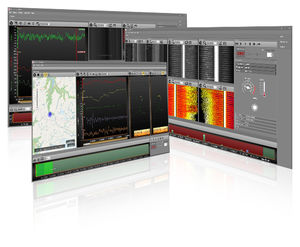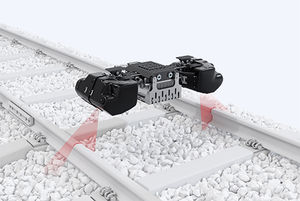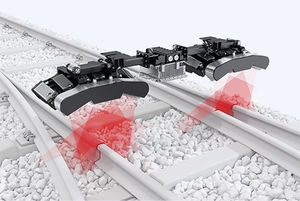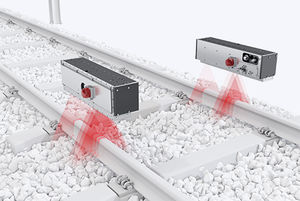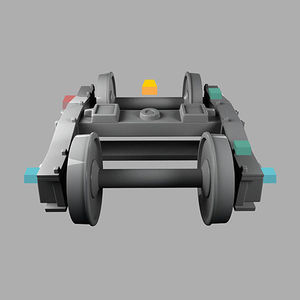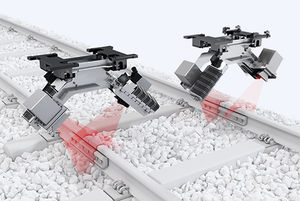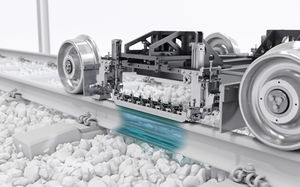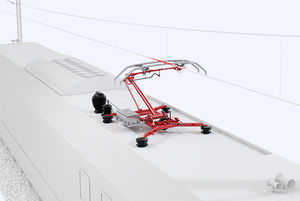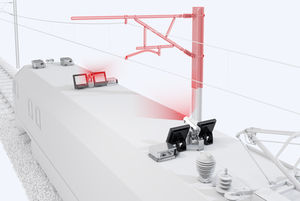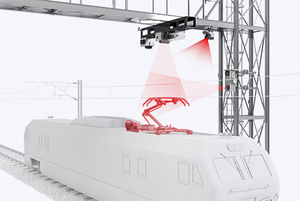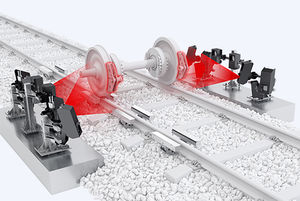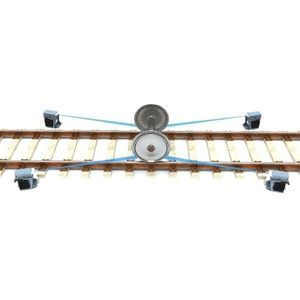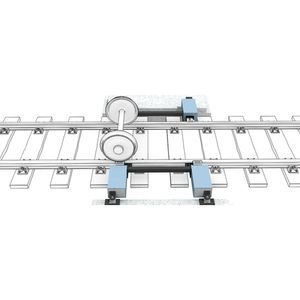

- Products
- Catalogs
- News & Trends
- Exhibitions
Arc flash detection system for pantographsfor railway applications
Add to favorites
Compare this product
Characteristics
- Type
- arc flash
- Applications
- for pantographs, for railway applications
Description
The arcing between the pantograph and the contact wire is a common phenomenon that is more predominant at high speeds, increased loads, and in cold, icy weather conditions.
Registering and evaluating electric arcs occurring between the wire and the pantograph can reveal critical points on the line and even a reliable index helping predicting wire wear.
Electric Arc Detection
Arcing at the pantograph distorts the regular waveform of the supply voltage and current and generates transients that propagate along the railway system, including tracks, track circuits, other locomotives on the same track, substation supply transformer, vehicle transformer, etc. This causes voltages and currents interference in the frequency range from DC to several MHz and radio frequency emissions up to the GHz spectrum.
The Electric Arcs Detection System (EADS) detects the presence of electrical arcs and their duration at speeds of up to 320 km/h. The data can be correlated with the contact line data. The measuring system is able to distinguish arcing from scintillating, by means of programmable threshold filtering of arcs with lower energy. Special light filters make the system insensitive to sunlight and able to work perfectly in all weather conditions.
Related Searches
*Prices are pre-tax. They exclude delivery charges and customs duties and do not include additional charges for installation or activation options. Prices are indicative only and may vary by country, with changes to the cost of raw materials and exchange rates.






